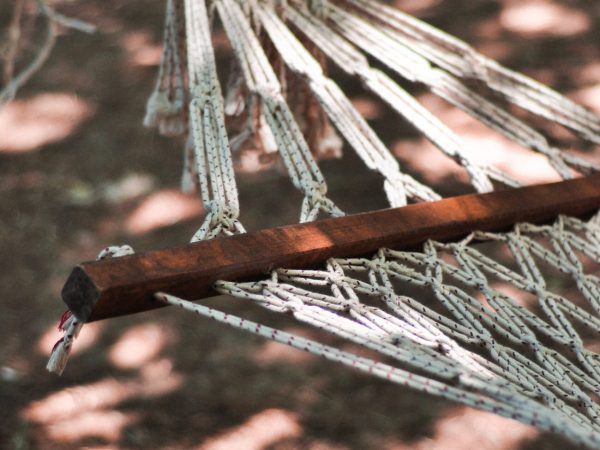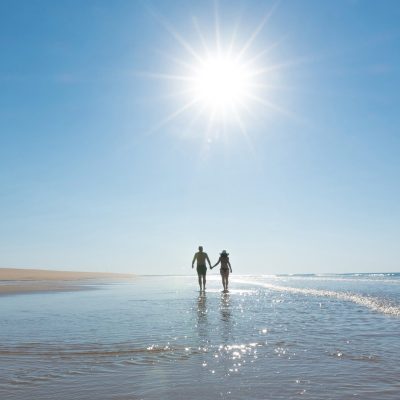The Philosophy That Led to the Pawleys Island Rope Hammock
- September 27, 2022
The spirit of Pawleys Island has endured the ages.
An icon of that spirit: The rope hammock. It’s a symbol of leisure and beating the summer heat with a cool breeze. Visitors bring home their own hammocks to keep that state of mind year-round.
We owe it to Cap’n Josh and his ingenuity that it exists at all.
Tips for How to Enjoy a Hammock
Take a break from the action of a beach trip and relax. Hammocks are integral to that but keep these pointers in mind.
- Safety first
Hang hammocks no more than 3 feet off the ground. Don’t stack them. Choose a spot devoid of rocks or other hazards underneath.
- Trees second
Avoid destroying trees to hang your hammock. Pick trees strong enough to support you without bending, and don’t break branches to tie ropes to them.
- Enjoyment always
You might find better rest for your mind and body. Hammocks give great support for your back and even help against insomnia.
A Look at the Culture of the Pawleys Island Rope Hammock
There was a period in riverboat captain Joshua John Ward’s life in which sleep didn’t come easy.
Cap’n Josh transported freight from inland plantations to Georgetown. This meant long nights on the water for the Pawleys Island resident. On a grass-filled mattress. They were as uncomfortable as they sound.
Add to that S.C. summer heat, and you can understand the good captain’s frustrations. In the late 1800s, sailors sleeping in hammocks was nothing new. Christopher Columbus discovered more than America. He also toted hammocks back from the new world to Europe.
These were not the elevated versions Cap’n Josh gave to the world.

The Problem With Old-School Hammocks
A Pawleys Island hammock might have spoiled you if you’ve ever kicked back in one. Before Cap’n Josh’s innovations, hammocks were canvas. Rough. Hot. Not exactly cool or accommodating to a North Myrtle breeze.
Even the good captain’s rendition had issues. They were still unrefined, not strong, and there was the issue of many knots here and there. The hemp or manila rope of the day could give out at any time during the night.
He didn’t nail it at first.
Cap’n Josh went with a heavy cotton rope in a double-latch weave. That means the ropes pull against each other to make a lattice design. He added spreader bars on each end of the hammock, where he ran the rope through bored holes throughout.
The result: Knots are not part of the hammock bed.
But … Did it Work?
History doesn’t tell of Cap’n Josh’s change in sleep quality after his refinements to the hammock. We do know that millions have taken quality naps in the hammock he designed. Heck, they named the coast after it.
So, thanks, Captain.
His immediate family opened The Original Hammock Shop in 1935. It’s still on the main road in Pawley’s Island. You’ll know an original version by the spreader bars (now in varnished white oak) and hand-woven clew knots.
All hammocks have the best safety features. They go through a tough physical test before they leave the shop.
Come see an artisan make your Pawleys Island hammock by hand in the tradition that set this hammock apart — and led to sweet dreams on the seas and elsewhere.

A Layout for Leisure Built for Comfort: Litchfield Beach and Golf
Finally: A resort to suit your need for amenities and your desire for tranquility. You’ll love vacationing here, in a beautiful area in Pawleys Island.


